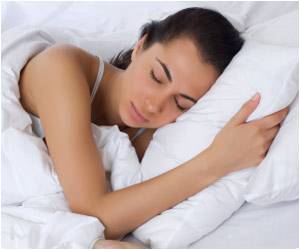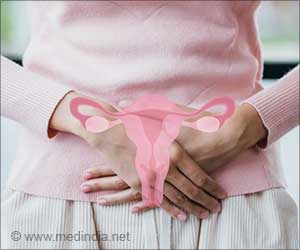Facial contrast is a cross-cultural cue to age perception, observers perceive women with increased facial contrast as younger, regardless of the ethnic background.

‘People could actively modify how old they look, by altering how much their facial features stand out. People of different cultures use facial contrast as a cue for perceiving age from the face.’





Our age can influence how other people see and treat us. For many people, maintaining a youthful appearance is important, as they perceive this as more attractive and a sign of health. But what makes one face look older than another? Some signs of aging, such as wrinkles, are well-known and common across different ethnicities, but others are less understood. A French research team, in collaboration with American researchers, have discovered one such aspect of aging -- facial contrast.
"Facial contrast refers to how much the eyes, lips and eyebrows stand out in the face in terms of how light or dark they are or how colorful they are," says Aurélie Porcheron, a researcher involved in the study.
Previous studies have shown that increased facial contrast is a cue to perceiving increased health, youthfulness and femininity. However, most previous studies have involved Caucasian faces or Caucasian observers, making it difficult to know if the findings are applicable to other ethnicities.
While people of different ethnicities can have different skin colors, age-related changes in skin color tend to be similar. Porcheron and her colleagues speculated that the relationship between facial contrast and aging might be similar across different ethnicities.
Advertisement
The research team found that while there were some small differences, several aspects of facial contrast decreased with age in all four groups of women, including contrast around the mouth and eyebrows. This indicates that at least some aspects of facial contrast naturally decline with age in women from around the world.
Advertisement
The research team invited male and female volunteers from two different cultural backgrounds, France and China, to choose the younger-looking face between the two versions of each face. The participants chose the high facial contrast face as the young face almost 80% of the time, regardless of the cultural origin of the participant or the face.
"People of different cultures use facial contrast as a cue for perceiving age from the face, even though they are not consciously aware of it," says Porcheron. "The results also suggest that people could actively modify how old they look, by altering how much their facial features stand out, for example by darkening or coloring their features."
Source-Eurekalert










